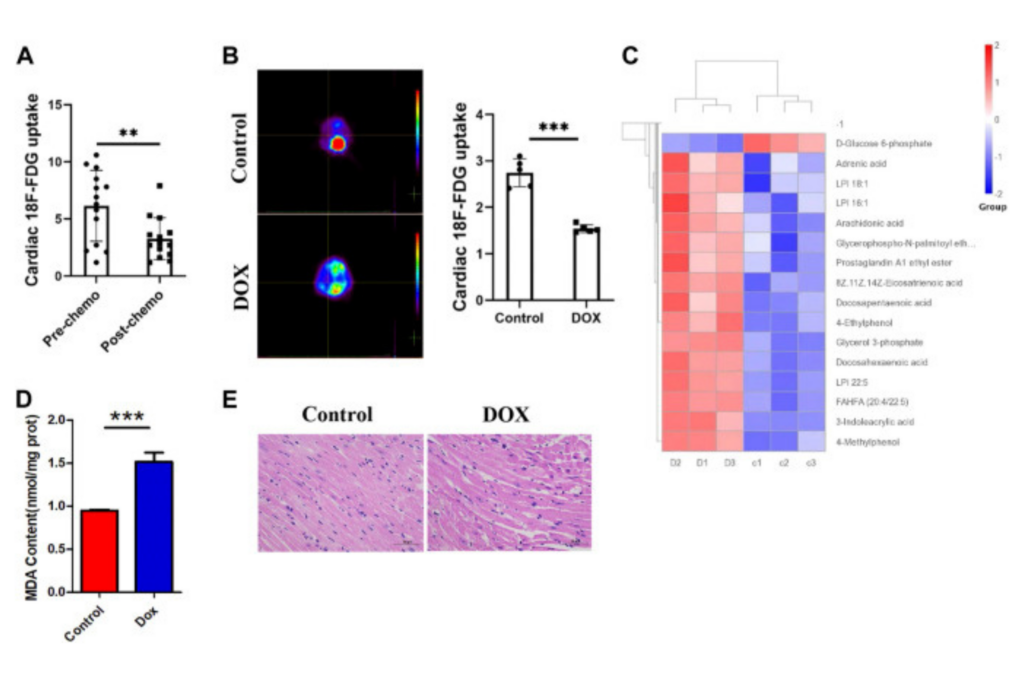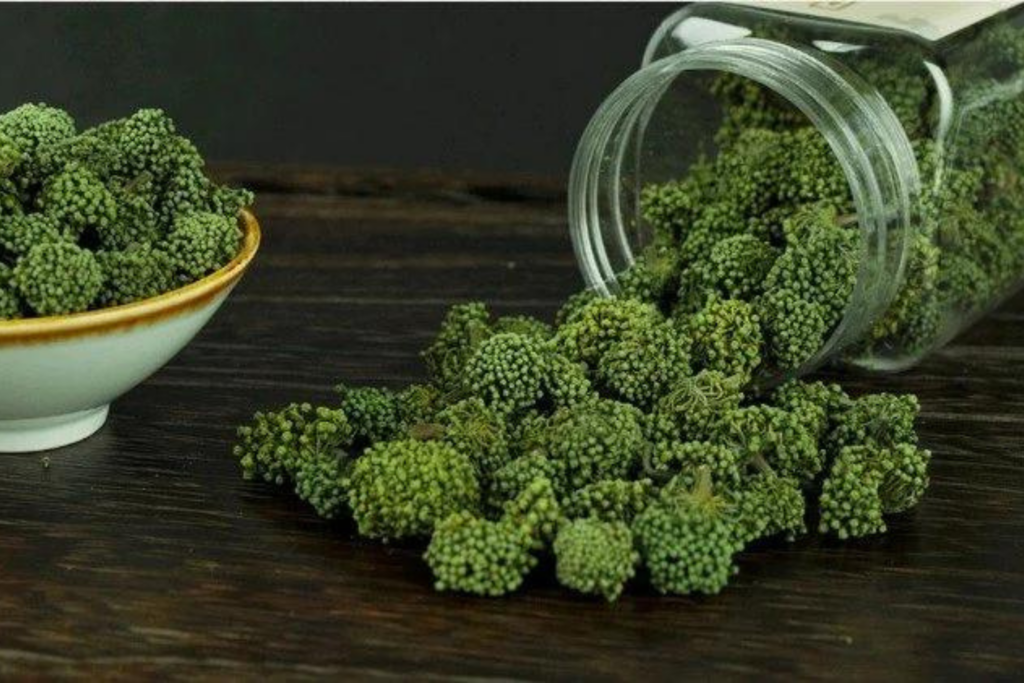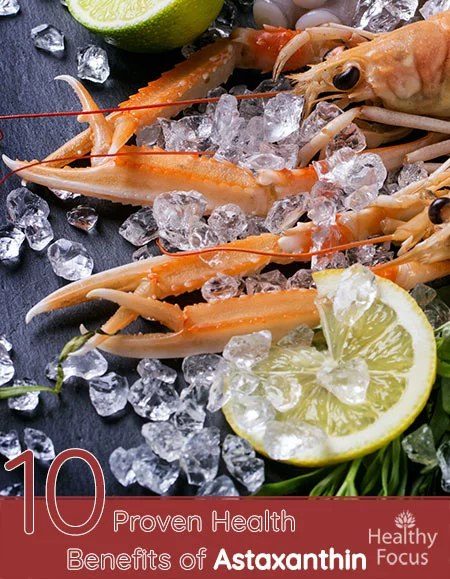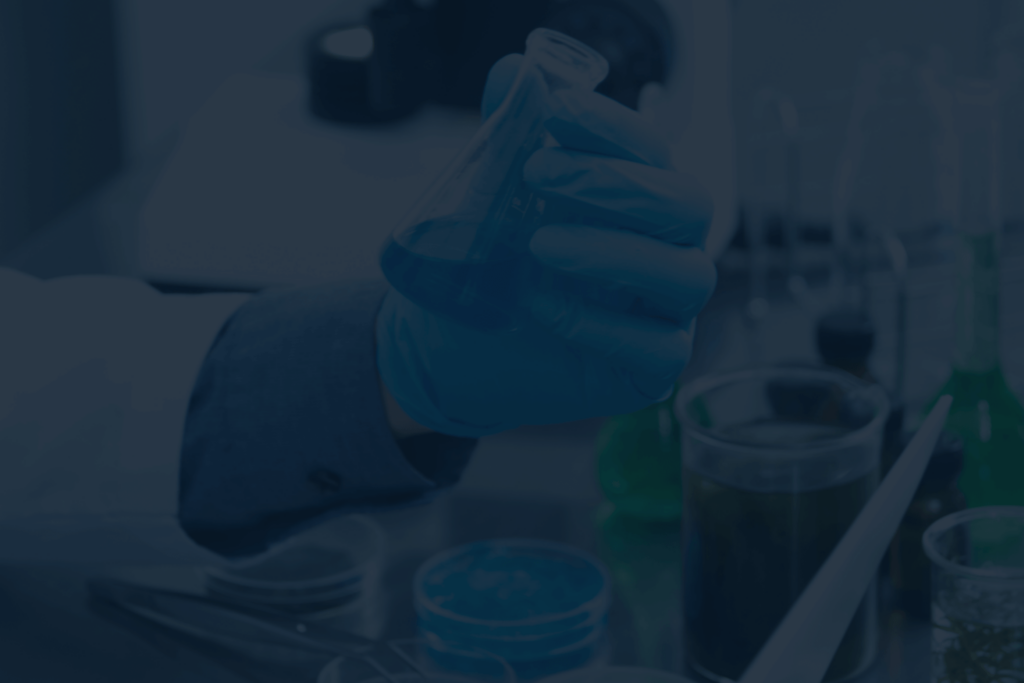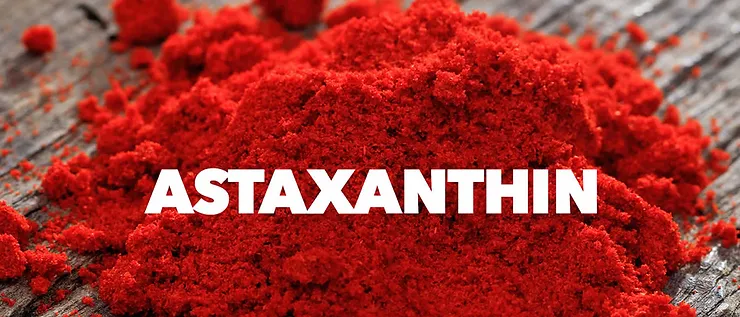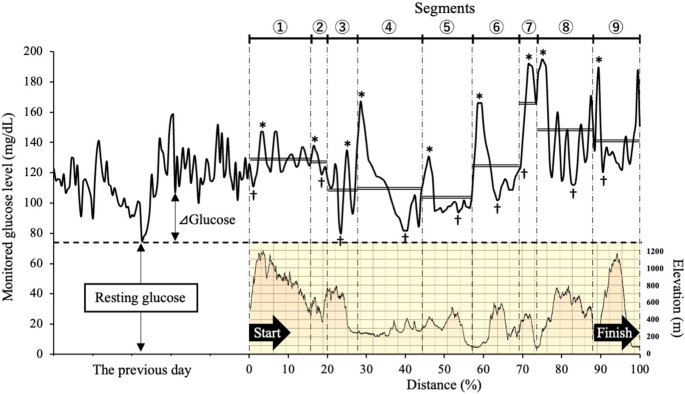Study design
This observational study was designed to investigate the relationship between running speed, dietary intake, and monitored glucose levels during an ultramarathon. All procedures were approved by the Ryukoku University Human Research Ethics Review Board (No. 2021-21). Written informed consent was obtained from all the participants before enrollment in the study. The study was conducted in accordance with the Declaration of Helsinki.
Race course and runners
The present study was conducted in the 2021 LAKE BIWA 10021, performed on October 1–3, 2021, in Shiga, Japan. The distance of the course covered 100 miles (169 km), and the total elevation was 10,500 m. The course included trails, rocks, paths, grasslands, and pavements. The course was divided into 9 segments by eight aid stations where each runner’s passing time was recorded electronically. All runners had global positioning system (IBUKI GPS; OND Inc., Japan) throughout the ultramarathon to record location data and running speed. Distances between each aid station were 18.8 ± 7.3 km and varied from 7 to 28 km. The time limit was 52 h.
All the runners had completed the ultramarathon race, and the sum of points certified by the International Trail Running Association exceeded 6 in the last three years, demonstrating their experience in ultra-endurance events. Thus, only total 100 ultra-endurance athlete (86 men and 14 women) who had a high endurance capacity could participate the 2021 LAKE BIWA 100. All the runners had to run with backpacks to carry necessities, including dietary intake and drink. Finally, 77 runners (77%) completed the 100-mile ultramarathon, and the median finish time was 45:15 (hours:minutes). On the other hand, 23 runners could not finish the event.
Study participants and groups
Twenty-two participants (18 men and 4 women) out of the overall 100 runners voluntarily participated in the present study. Participant recruitment was through advertisement by organizer of the event and by personal social media. Sex, height, and weight were self-reported, and body mass index (BMI) was calculated by the standard formula. In the ultramarathon study, 16 participants (72.7%) completed the full distance, and the remaining participants did not finish (DNF, n = 6). The retirements were observed after segments of 3 (47 km, n = 1), 4 (75 km, n = 2), 5 (97 km, n = 2), and 7 (125 km, n = 1). The DNF was caused by completion time limit (52 h), and severe injury was not confirmed in the participants. The ranges of DNF time were from 18:37 to 36:08. According to the median overall finish time, the 16 finishers were divided into the higher group (n = 7) and lower group (n = 9). The ranges of finish time were from 28:08 to 43:31 in the higher group and from 47:11 to 50:41 in the lower group.
Running speed and standardization
Running time and speed between each aid station were obtained from the official website21. As shown in previous studies12, the standard running speed for each segment was calculated by averaging the top five finishers according to sex. Running speed was expressed as running distance/hour (km/h), and the standardized running speed for each segment was calculated for each male and female participant. The running speed of runners in each segment was standardized using the following formula: %Running speed = (The participant’s running speed) / (Average of top 5 finishers’ running speed in each sex) × 100. The standardized running speed exceeds 100% only when running at a pace comparable to the top 1 and 2 places in each sex.
Dietary data
Participants self-recorded their overall timing and volume of food intake and drink consumption throughout the ultramarathon. Food and drink consumed more than 60 min before the start were not included in the dietary data. Total food consumption was confirmed by pictures taken before and after the race. The dietary intakes during the race were calculated from the nutrition information of products. If the data were unavailable, these nutritional intakes were calculated by the standard tables of food composition in Japan 202022. They were expressed as per body weight (kg)/running time (hours) 12,14.
Habitual dietary data were obtained using brief-type self-administered diet history questionnaire (BDHQ)23,24. The BDHQ is a self-administered questionnaire, which assess food consumption frequency in the past month. Energy and macronutrient intakes were calculated by dietary intakes for food and beverage items23,24.
Glucose data and standardization
Circulating glucose levels were monitored by FGM, as described by other studies25,26. In Brief, the FGM system (FreeStyle Libre Pro; Abbott Diabetes Care, Alameda, CA) continuously measures glucose concentration in the interstitial fluid below the skin, and produces the corresponding ambulatory device. The FGM sensor was applied at the back of the upper arm, and glucose concentrations were obtained every 15 min. Participants were attached to the device more than 24 h before the start of ultramarathon start.
For each participant, the glucose concentration during the race was standardized by subtracting the resting fasting glucose concentration (Fig. 1). Thus, the glucose levels were expressed as an increase from the resting fasting glucose level (⊿glucose). In addition to the average, highest, and lowest ⊿glucose levels, the difference between the highest and lowest glucose levels in each participant was calculated in each segment.
Standardization of glucose levels after and during a 100-mile ultramarathon. The course was divided into 9 segments (① ~ ⑨, vertical dashed line) by 8 aid stations. The altitude profile is shown on the right vertical axis and filled area. A representative result of monitoring glucose levels is shown on the left vertical axis and solid line. ⊿Glucose level was expressed by subtracting the resting glucose level in each runner (horizontal dashed line). In each segment, * indicates the highest ⊿glucose, † indicates the lowest ⊿glucose, and double lines indicate average ⊿glucose levels.
Statistics
All statistical analyses were performed using SPSS version 29.0 (SPSS, Inc., Chicago, IL). The statistical power of one-way ANOVA was calculated based on 3 group with 6 participants each (total 18 participants), difference of 0.1 g/kg/h carbohydrate intake among the groups, 0.5 standard deviation, and 0.05 significance level. The calculated statistical power was 0.81. The Kolmogorov–Smirnov test was performed to assess the normality of data distribution. Differences in continuous variables among the higher group, lower group, and DNF group were assessed by one-way ANOVA followed by Tukey’s HSD post-hoc test. Kruskal–Wallis test with Bonferroni correction was used for non-parametric data. Categorical data were analyzed using the chi-square test. Changes in carbohydrate intake and monitoring glucose levels during the ultramarathon were analyzed by two-way ANOVA with Tukey’s post hoc test. The two-way ANOVA (group x segment) was performed throughout the race excluding the DNF group, and from segment 1–3 including all groups. For dietary intakes, a difference between the first half and last half of the race was examined using the two-way ANOVA test. Associations of dietary intake and glucose control with running speed were determined by Spearman’s rank correlation coefficient. The data are presented as means and standard deviations. The level of statistical significance was set at p < 0.05.

